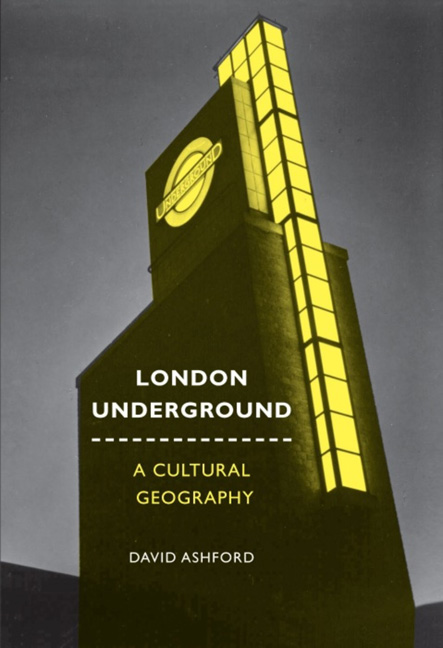Book contents
- Frontmatter
- Dedication
- Contents
- Acknowledgements
- Notes on Convention
- List of Illustrations
- The Book of the Machine: A User's Guide
- 1 Psychopathology of Modern Space
- 2 The Lord of the Dynamos
- 3 Blueprints for Babylon
- 4 Making a Home in Modernity
- 5 Christmas in Hell
- 6 Insurrection in Alphabet-City
- 7 The Ghost in the Machine
- Index
- Platesection
2 - The Lord of the Dynamos
- Frontmatter
- Dedication
- Contents
- Acknowledgements
- Notes on Convention
- List of Illustrations
- The Book of the Machine: A User's Guide
- 1 Psychopathology of Modern Space
- 2 The Lord of the Dynamos
- 3 Blueprints for Babylon
- 4 Making a Home in Modernity
- 5 Christmas in Hell
- 6 Insurrection in Alphabet-City
- 7 The Ghost in the Machine
- Index
- Platesection
Summary
A nationalism that bristles with resentment and is all astrain with the passion of self-defence is only less perverted from its natural genius than the nationalism which glows with the animus of greed and self-aggrandisement at the expense of others.
(J. Hobson, Imperialism, 1902)In the course of his trip to Europe in November 1911, US novelist Theodore Dreiser followed the Thames ‘to the giant plant of the General Electric Company, not unlike those which supply the power to drive the subway trains in New York, and thought of Sir Thomas More and Henry VIII, who married Anne Boleyn at the Old Church near Battersea Bridge, and wondered what they would think of this modern powerhouse!’ The plant at Lots Road had been built by the American transport magnate Charles Tyson Yerkes, in the final phase of his extraordinary career, when he boldly attempted to monopolise the emerging London Tube–network; the model for Frank Algernon Cowperwood, the hero of Dreiser's magnum opus the Cowperwood trilogy, Yerkes was thus the chief reason for Dreiser's presence at Lots Road in 1911: ‘since the last one-third of my story was laid in London’, he explained, ‘I thought that possibly in February or March I would run over to that city, look up my data, run right back and complete my book’. With the final instalment of his trilogy in mind, Dreiser gazed upon the immense American power-station, with its two chimneys nearly twice as tall as Nelson's Column, and was struck by the fact that there seemed to be no continuity between the new American force represented by Yerkes and the pageant presented by British history, only conflict. ‘What a change from Henry VIII and Sir Thomas More’, he concluded, ‘to vast, whirling electric dynamos and a London subway system!’
This perception was not without foundation: the period of Anglo-American interaction that Dreiser had set out to chronicle was in fact one of tremendous antagonism, a significant low point in the history of the relationship between the two countries. But the remark seems prophetic, too – for Dreiser's political views were to become increasingly dominated by the national binary formulated at Lots Road, a process that culminated in a visceral Anglophobic outburst shortly after America's entry into the Second World War.
- Type
- Chapter
- Information
- London UndergroundA Cultural Geography, pp. 45 - 62Publisher: Liverpool University PressPrint publication year: 2013



